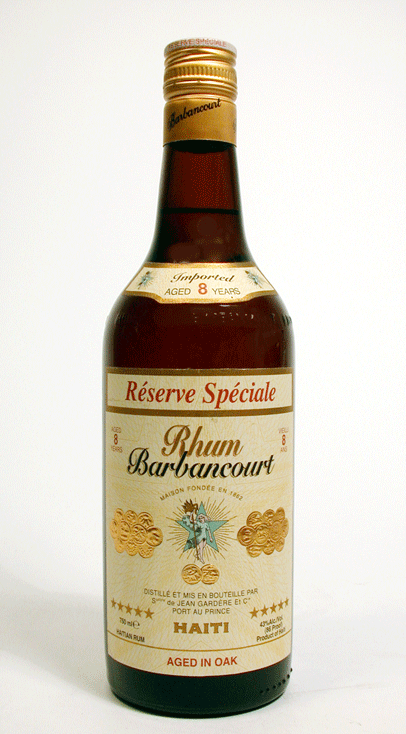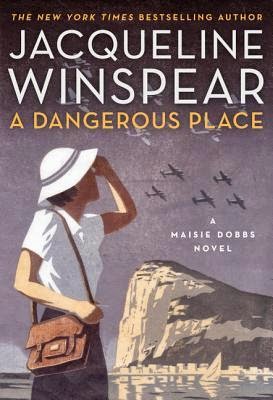
The two James. Born and Grippando
I’ve had a blog on Amazon for a few months and have enjoyed hearing comments from people I had no idea read my blog or cared about my novels. I recently may have offended a few people with my concern that girls are not taught how to knife fight in the U.S. I hate sexism. Then Paul Levine wrote me and asked if I’d like to join the fun and here I am.
Paul introduced me on Tuesday in a most flattering way. Then Jacqueline, Patty and Cornelia all made me feel very welcomed. Like walking into a group of friends who ask you to join them at the bar.
I like to blog about writing and my experiences in publishing. However I realize that I have little experience in the industry and wonder about the value of any of my thoughts on the subject. But as I have learned, there are only too many people happy to point out errors in logic, experience or even spelling.
I have been writing since June of 1989. I can be so specific because I started my first novel the week my son was born. I continued diligently on my quest to write a novel worth publishing for the next fourteen years. In the summer of 2003 Putnam purchased my third novel, Walking Money. That’s right I had two novels no one wanted. I now see their wisdom. Those novels had little value in terms of style, substance or entertainment.
I never told anyone I was writing. Like being a fan of Jackass, I felt it was important to keep it my secret. I maintained a day job during that whole time. First, as a Special Agent with the U.S. Drug Enforcement Administration then as a Special Agent with the Florida Department of Law Enforcement. A position which I still hold today.
So here I am, a closet writer with my fourth novel coming out in two weeks. A working cop who has two kids, a wife, a dozen hobbies and now a blog to maintain with the great writers on Naked Authors, oh yeah, and Paul Levine.
I take writing very seriously even if my writing is not always serious. I read quite a bit because I don’t believe you can be a good writer and not be a reader. I like to laugh and find humor, from juvenile pranks to urbane satire, to be my favorite pastime.
I’ll try to mix up the topics here and hope there aren’t too many people who read this blog that are sensitive, caring, easily offended, or Canadian. Just kidding, that’s a Florida joke.
One thing I’ve noticed on the blog is that the authors occasionally blog about several subjects in one post. I don’t intend to hit on too many news topics. That’s what Chris Matthews is for. But things happen to me occasionally that I like to talk about. One simple, possibly profound event occurred yesterday afternoon.
I was working out in my neighbor’s garage. My friend Anthony has the most elaborate and complete home gym in the western hemisphere. I prefer it to the commercial gym where I’m a member because he’s got a TV with cable that I can put on any channel. Anyway, after a few minutes my son walked over. My teenaged, independent son and he wanted to workout. With me. For those of you who are not the parents of someone who is seventeen this is as close to a miracle as Al Sharpton making sense or Bill O’Reilly being pleasant. After working out for a while we just hung out for a while. Then, our favorite little kid, Robert, the son of our host, came out and we all played Jedi Knight with his light sabers. We tore it up for a good, long light saber duel where he was Anakin. I lost a hand and my right leg twice. My son joined right in and I had as good a day as any father can expect to have.
I’ve had a blog on Amazon for a few months and have enjoyed hearing comments from people I had no idea read my blog or cared about my novels. I recently may have offended a few people with my concern that girls are not taught how to knife fight in the U.S. I hate sexism. Then Paul Levine wrote me and asked if I’d like to join the fun and here I am.
Paul introduced me on Tuesday in a most flattering way. Then Jacqueline, Patty and Cornelia all made me feel very welcomed. Like walking into a group of friends who ask you to join them at the bar.
I like to blog about writing and my experiences in publishing. However I realize that I have little experience in the industry and wonder about the value of any of my thoughts on the subject. But as I have learned, there are only too many people happy to point out errors in logic, experience or even spelling.
I have been writing since June of 1989. I can be so specific because I started my first novel the week my son was born. I continued diligently on my quest to write a novel worth publishing for the next fourteen years. In the summer of 2003 Putnam purchased my third novel, Walking Money. That’s right I had two novels no one wanted. I now see their wisdom. Those novels had little value in terms of style, substance or entertainment.
I never told anyone I was writing. Like being a fan of Jackass, I felt it was important to keep it my secret. I maintained a day job during that whole time. First, as a Special Agent with the U.S. Drug Enforcement Administration then as a Special Agent with the Florida Department of Law Enforcement. A position which I still hold today.
So here I am, a closet writer with my fourth novel coming out in two weeks. A working cop who has two kids, a wife, a dozen hobbies and now a blog to maintain with the great writers on Naked Authors, oh yeah, and Paul Levine.
I take writing very seriously even if my writing is not always serious. I read quite a bit because I don’t believe you can be a good writer and not be a reader. I like to laugh and find humor, from juvenile pranks to urbane satire, to be my favorite pastime.
I’ll try to mix up the topics here and hope there aren’t too many people who read this blog that are sensitive, caring, easily offended, or Canadian. Just kidding, that’s a Florida joke.
One thing I’ve noticed on the blog is that the authors occasionally blog about several subjects in one post. I don’t intend to hit on too many news topics. That’s what Chris Matthews is for. But things happen to me occasionally that I like to talk about. One simple, possibly profound event occurred yesterday afternoon.
I was working out in my neighbor’s garage. My friend Anthony has the most elaborate and complete home gym in the western hemisphere. I prefer it to the commercial gym where I’m a member because he’s got a TV with cable that I can put on any channel. Anyway, after a few minutes my son walked over. My teenaged, independent son and he wanted to workout. With me. For those of you who are not the parents of someone who is seventeen this is as close to a miracle as Al Sharpton making sense or Bill O’Reilly being pleasant. After working out for a while we just hung out for a while. Then, our favorite little kid, Robert, the son of our host, came out and we all played Jedi Knight with his light sabers. We tore it up for a good, long light saber duel where he was Anakin. I lost a hand and my right leg twice. My son joined right in and I had as good a day as any father can expect to have.
-751337.jpg) John Born (left) blocking a shot
John Born (left) blocking a shot
It takes an afternoon like this to put all the publishing news and book tours into perspective. And give me something I really like to blog about.
Feel free to give me guidance in the future. If you have a question or something you’d like to see discussed, drop me a line or leave a comment. I love to hear from people.
See you next week.
Jim




















































